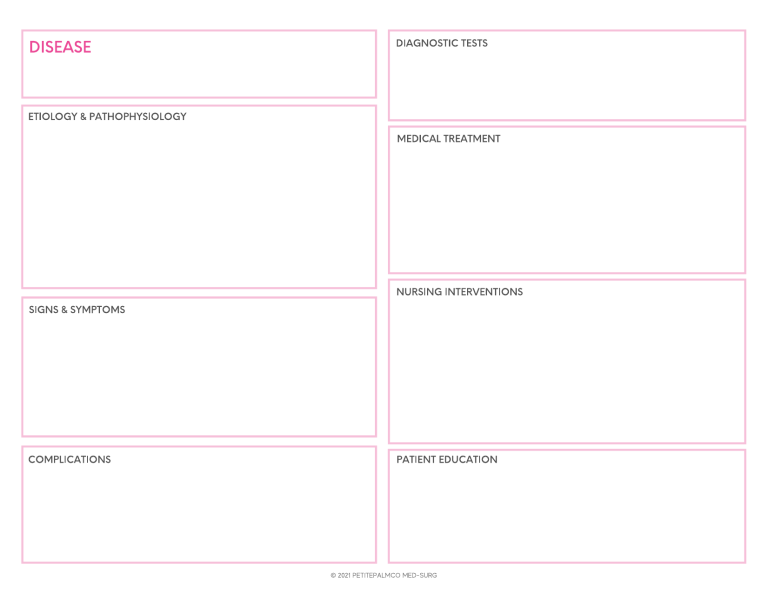
Diabetes type 2 / Diabetes Mellitus Not enough insulin is produced by the pancreas or the body is not using insulin effectively Major distinction between type 1 and type 2, is that there is an absence of endogenous insulin in type 1 Metabolic abnormalities have a role in type 2: Insulin resistance: body tissues do not respond to the action of insulin because insulin receptors are unresponsive, are insufficent in number or both. 2nd factor: decrease in the ability of pancreas to make insulin, B cells become fatigued from compensentory overproduction of insulin or when B-cell mass is lost. In addition the aplha cells of the pancreas increase production of glucagon. Etiology: Genetic Autoimmune Environmental Disorder of glucose metabolism related to abenset/insufficent /and poor utlization of insulin Sedentary lifestyle Fructosamine Islet cell autoantibody testing Glycosylated hemoglobin aka A1C: 6.5% goal Lipid, BUN, creatinine, electrolytes less than 6.5% to 7% (reduces complications) Albumin & urnine acetone Fasting plasma glucose (FPG) >126 mg/dL Classic symptoms of hyperglycemia/ 2-hr. plasma glucose level hyperglycemic crisis or during OGTT > than 200 mg/dL a random plasma glucose BP, ECG, eye, dental, foot, neuro exam, ABI, weight level >200 mg/dl glucose for hypoglcemia treatment Drugs: Insulin: Rapid-acting : lispro (Humalog) Short-acting : Regular (Humulin R) Intermediate-acting : NPH (Humulin N) Long-acting: glargine (Lantus) Combination Therapy (premix) NPH/Regular 70/30 (Humulin 70/30) Oral: Metformin (glucophage) glipizide (gluctorol) glyburide (DiaBeta) sitagliptin (Januvia) canagliflozin (Invokana) empagliflozin (Jardiance) Polyuria: lots of peeing Polydispia: thirsty Polyphagia: hungry alot fatigue Recurrent infections Recurrent vaginal or candida infection Prolonged wound healing Visual problems Diabetes Ketoacidosis HHS Hypoglycemia Diet reading labels & serving basis Exercise SMBG IV drip

